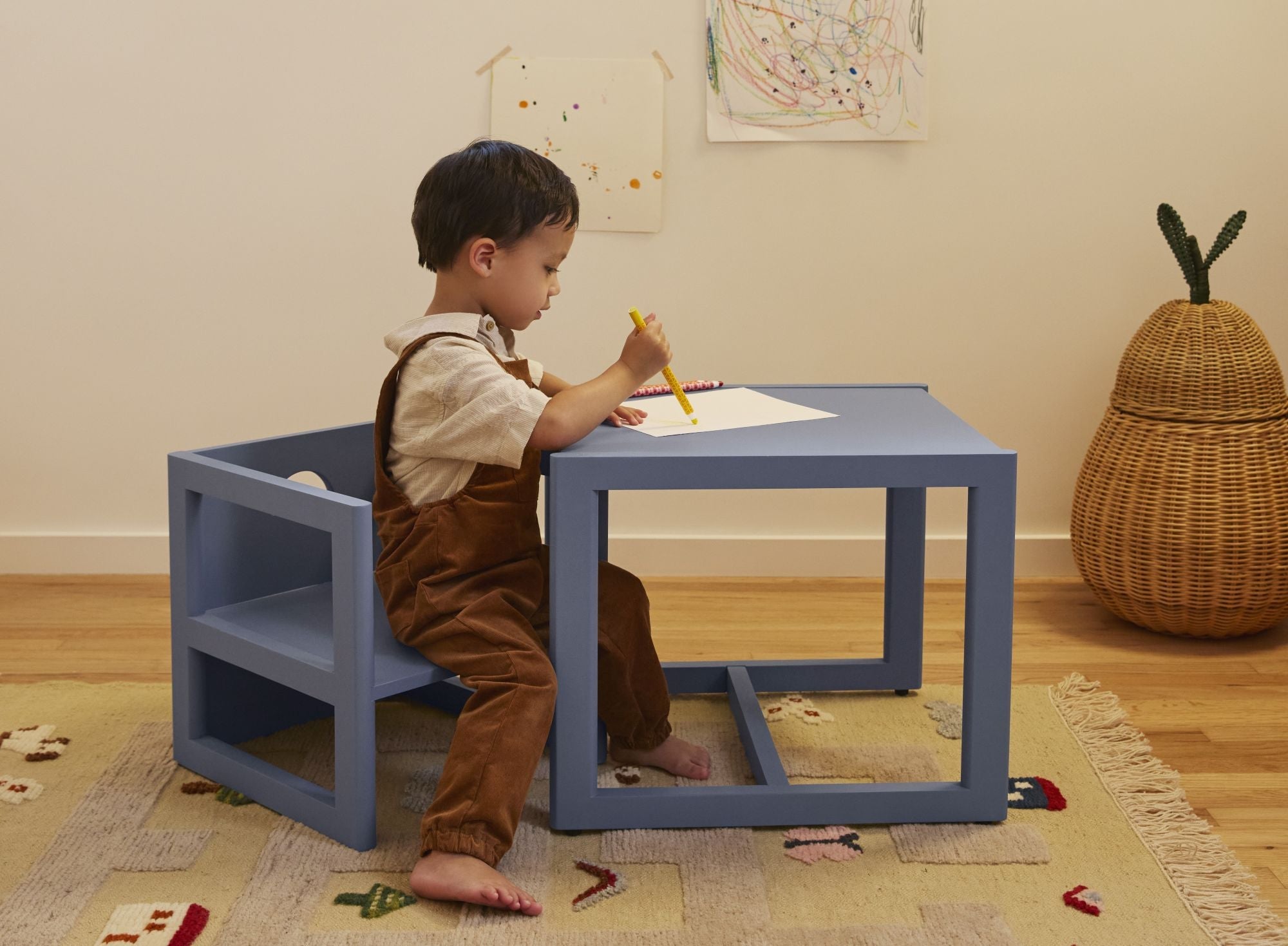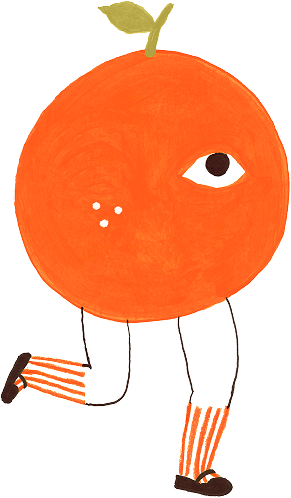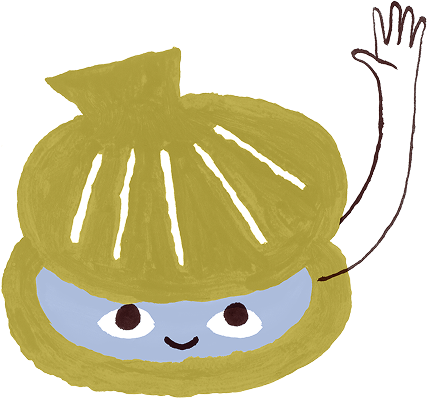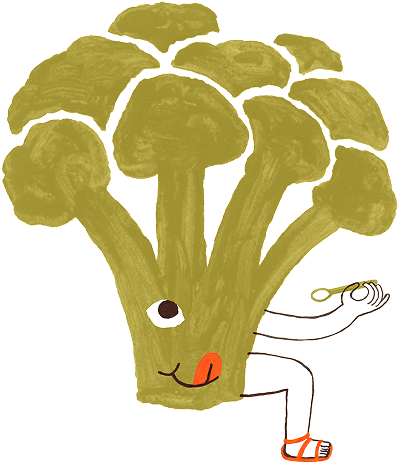When my son was about a year old, feeding him was a chore. He seemed to survive on a diet of air and watermelon. To add insult to injury, I offered him all kinds of foods, and many of them would end up on the floor. Toddlers throwing food is a challenging stage of parenting, almost a rite of passage. Making it through is a little easier if you know some tried and true strategies.
Key Insights:
- Toddlers throwing food is a normal part of development. Children throw food to test boundaries, get attention, communicate that they're bored, and more.
- Parents can stop the cycle by communicating and enforcing clear boundaries and offering smaller amounts of food.
-
Toddlers need fewer calories than babies, and unless they're not gaining weight, they are likely getting enough to eat.

Follow Aubrey Phelps, MS RDN CLC, for more tips and information on her Instagram.
Why Do Toddlers Throw Food on the Floor?
When I asked Phelps why toddlers throw food on the floor, she explained that there are a myriad of reasons, including the following:
- Boundary testing. "Will Dad tell me to stop or take my food away like last time?"
- Attention-seeking. "Mom's not paying attention to me! I bet if I throw this, it'll get her attention!"
- Communication that they're all done eating.
- They're bored and waiting to be let out of their chair.
- "I don't like this food! Get it away from me!"
- Your child may even enjoy throwing and do it just for the joy of chucking food around.
Phelps emphasized that toddlers don't have impulse control yet. "That part of their brain doesn't develop until age 5, and will continue to develop for the next 4-5 years. In other words, when they think to themselves, 'Ooo, I really want to throw this!', there's no second part to that like we adults might have - 'Oh, but I shouldn't throw food because it will make a mess!'" she explained.
This can explain many toddler behaviors beyond throwing food. Children don't do things impulsively or refuse to obey you to make you upset or cause trouble. They're simply expressing themselves and learning about the world around them.
Get a psychologist's tips on when kids develop impulse control and how to manage this stage here.
How to Get Toddlers to Stop Throwing Food on the Floor: 5 Strategies to Try
Although it's developmentally normal, your 12-month-old throwing food is still annoying. Not only does it waste food, but it's messy. Teaching your child the social norms of eating meals is part of parenting. Here are some practical tips on how to manage the toddler throwing food stage.
1. Offer Less Food
One strategy is to start the meal with less food on your child's tray or plate. Only add a few bites or pieces of each food. Then, offer or add more as they eat, gauging their interest during the meal.
2. Set a Boundary of Ending the Meal
Phelps recommends that parents set boundaries consistently. Phelps explained, "Every time you allow your child to throw food, that fuels the fire of continuing the behavior! Instead, I recommend that families set an immediate boundary. In practice, it would go something like this:
- Child: Throws food
- Parent: 'Oh, food stays on the table/tray.'
- Child: Throws food again
-
Parent: 'Food stays on the table or tray. It looks like you're all done because you're throwing your food.' Then remove the child from their chair and end the meal."
After the meal ends, Phelps recommends having your child help clean up. Phelps admits this method can sound harsh. "But the more chances you give your child without holding the boundary, the more food-throwing battles you'll have," she asserts.
What if your toddler cries and fusses when you end the meal? "If we end the meal and they get really upset and clearly want to keep eating, we'll gently remind them that food stays on the table/tray. If they throw, they'll be all done," Phelps says. "I can say that I don't think we've ever had to end a meal more than one time for any of the kids."
3. Try a "No Thank You" Bowl
In a video on this topic, Dr. Mona, a pediatrician, recommends trying a "no thank you bowl." Sometimes, children don't like some of the options on their plate or tray and want to be able to express that. A "no thank you bowl" gives your little one a place to put their rejects without throwing them.
4. Consider Using a Montessori Weaning Table
Some toddlers, like my daughter, prefer the independence of a child-sized table and chair. We stopped using a chair and tray for her at about 12 months old. Instead, she would sit beside the dining room table at her small table on a little stool.
This arrangement is common in the Montessori method. Between 12 to 18 months, children start using a small "weaning table" which gives them the chance to eat independently.
With a weaning table, children can simply get up when they're done eating. Adding this choice can help children feel like they have more agency and control during meals. This can translate to less food throwing.
When first using the weaning table, children may get up and walk around during meals. In my experience, kids adjust to this freedom and sit during meals. To help discourage getting up, you can teach children a routine of taking their plate to the sink after finishing a meal.
5. Try Family Meals
In many families, toddlers eat alone at different mealtimes. If possible, try eating meals as a family. This helps make it possible for parents and older siblings to model appropriate meal-time behavior for toddlers.
By watching older family members, toddlers can see that meals are a time to enjoy food, chat, and spend time together. Plus, a family meal can help prevent boredom for toddlers during meals.

When Toddlers Throw Food, Are They Getting Enough to Eat?
Many parents worry that their toddler isn't eating enough food, making it even more frustrating when toddlers refuse food or throw it. This happened with my oldest. As a first-time mom, I worried that he wasn't getting enough calories. So, I would offer him ice cream or chicken nuggets, hoping he would eat.
Phelps said a lot of this worry is unfounded. "I think a huge reason parents worry about their toddler's eating is because they have a skewed perspective on how much their child should be eating. Generally speaking, if your child is growing well, peeing well, pooping easily and daily, and has enough energy to drive you nuts? They're getting enough!" Phelps explained.
Changing Nutritional Needs for Toddlers
One reason for this is that toddler growth slows after infant growth. Children eat less because they're not growing as much as they were during the first year.
Phelps suggests a perspective shift for parents, saying, "While it can feel really counterintuitive, our job isn't to 'get' our child to eat. A parent's job is to simply to offer foods we know will help them be healthy and grow that we hope they learn to love, and do so regularly."
Toddlers Struggling to Gain Weight
What about children who are struggling to gain weight? If your pediatrician is concerned about your child's growth curve, Phelps says that reducing pressure at meal times is the first step. "Toddlers specifically hate feeling that lack of autonomy," Phelps asserts.
"Toddlers spend most of their day having little to no say in things, from when they get up, to where they go, and when they leave, etc. What goes into their mouth, however, is something they CAN control. Pushing to get them to eat will generally only result in more refusals, just because they CAN," Phelps explained.
That said, meal times shouldn't be a constant battle and source of stress for you and your child, Phelps says. Your child's pediatrician, or a dietitian specializing in pediatrics, like Phelps, can help create a plan.
Surviving Your Toddler's Throwing Food Era
Throwing food is a rite of passage for many toddlers. With patience and the above strategies, you'll make it through.
Looking for additional help? Get in touch with Aubrey Phelps, MS RDN CLC. Or, check out her cookbook with recipes your whole family (including your picky toddler) will enjoy.








Leave a comment
This site is protected by hCaptcha and the hCaptcha Privacy Policy and Terms of Service apply.